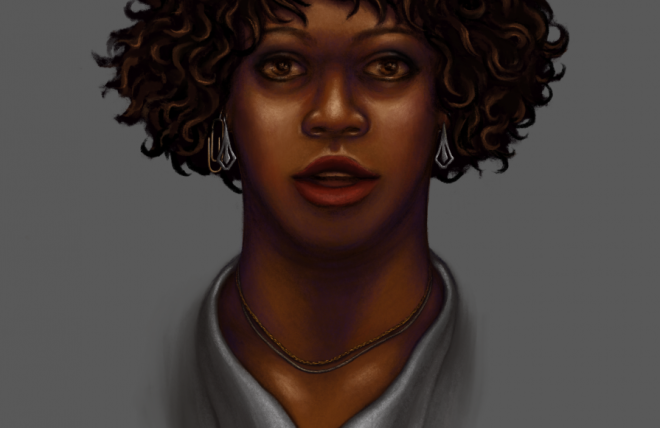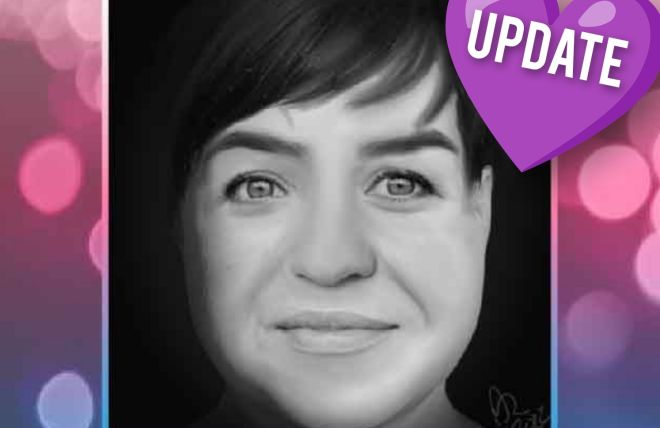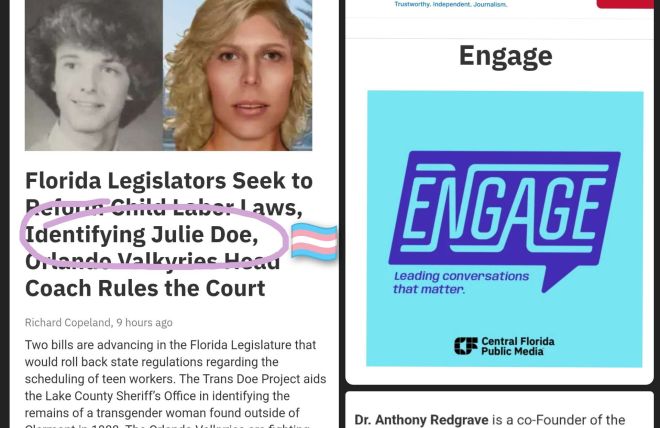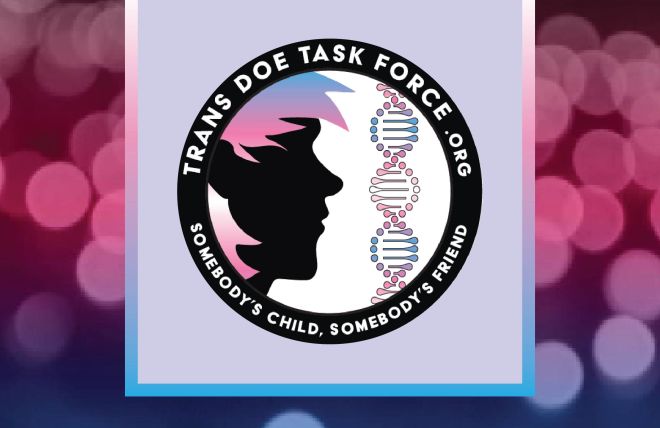
This article was originally posted on December 28, 2018, and has been updated as of May 20, 2020.
On Sunday morning, September 25, 1988, a man looking for cypress lumber in a wooded, marshy area in Lake County, Florida came across a woman’s body. It is likely that she was dragged to the location she was discovered, possibly from the side of the road. The woman had been deceased for many months, and was no longer recognizable. She was found wearing a long denim skirt, a blue-green tank top, and pantyhose that were partly rolled down. She had long manicured nails, and long brown hair that had been bleached out to a Florida blonde. She had no identification, and the cause of death could not be observed. An autopsy was scheduled for Monday morning.
Jane Doe’s nearly skeletonized remains were taken to the C. A. Pound Human Identification Laboratory (CAPHIL), a part of the University of Florida’s Department of Anthropology. There, world-famous forensic anthropologist Dr. William Maples performed an examination. At the time she was found, Dr. Maples was also conducting an analysis of the remains of Spanish explorer Francisco Pizzaro, and the “Elephant Man,” Joseph Merrick. Jane Doe’s remains were in the best possible hands at the time for a thorough and high quality examination. Dr. Maples determined that the woman had been between 24 and 32 years old, and would have stood around 5 feet, 10 inches tall with an athletic build. She had 250cc silicone breast implants, which based on Dr. Maples’ estimation of her height and build would have looked proportional and not too out of the ordinary. He found many pits and ridges along her pelvic bones which, at the time of the examination, were believed to have been caused by hormone changes during pregnancy that softened the pelvis in preparation for childbirth. Dr. Maples concluded, using the best scientific knowledge at the time, that the decedent had given birth more than once. Jane Doe’s cause of death could not be determined, but the case remains a suspected homicide.
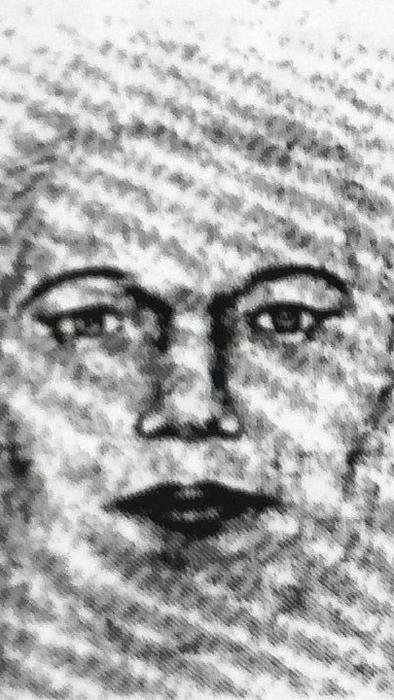
Original forensic image Courtesy of Orlando Sentinel, 1988

Her skeleton has been at CAPHIL since 1988. Little to no forward progress was made until major advances in DNA analysis around 2010 yielded success in two other unidentified decedent cases in Florida. When Detective Tamara Dale took over the case at the Lake County Sheriff’s department, she made sure over the next couple of years that it was included in a statewide push to address cold cases with newly available technologies. It was through one of these tests in 2015 that it was finally discovered that she had XY chromosomes and had therefore been a transgender woman. Upon re-examining the remains, Dr. Michael Warren, director of CAPHIL and a former student of Dr. Maples, immediately realized that his mentor had made some understandable mistakes based on the accepted science of his time. The observations that Dr. Maples had made about the hormone-related pitting on her pelvis can now be attributed to hormone replacement therapy as part of gender transition.
Following the revelation of this Jane Doe being transgender, she received two things: her nickname, and a second artistic reconstruction. Her nickname, “Julie,” was given to her by forensic students who were studying her skeleton. They were inspired by the 1995 film To Wong Foo, Thanks For Everything! Julie Newmar. Her second artistic reconstruction was done by forensic artist and Detective Stephen Fusco of the Orange County Sheriff’s Office. Mr. Fusco, who is now retired, says he does not remember this case in particular. His renderings are generally considered to be of extremely high quality, and Julie’s drawing was no exception. Many Jane and John Does do not get the kind of care and attention that Mr. Fusco gave each of his drawings, and we would like to thank him again for this reconstruction.
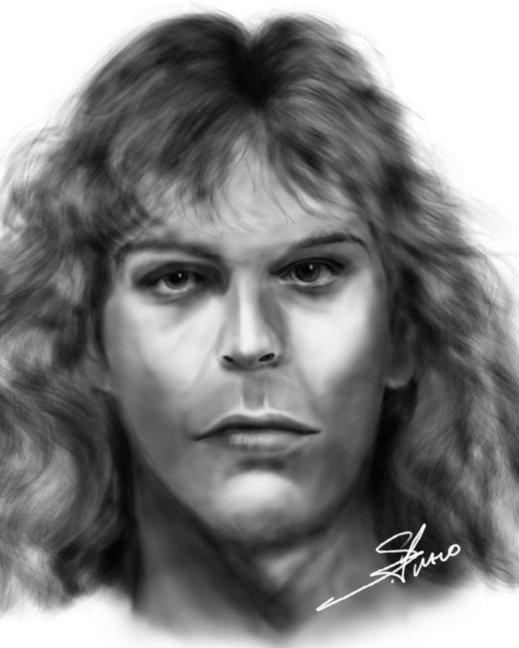
In early summer 2018, the decision was made to conduct more tests on Julie Doe, this time at the FL Institute of Forensic Anthropology and Applied Science at the University of South Florida. Her skull was sent from Gainesville to Tampa so that samples could be taken for isotope analysis.
Shortly thereafter, Julie’s case was taken on by the DNA Doe Project, a non-profit organization that utilizes forensic genealogy to identify John and Jane Does. The overseeing agency in Florida funded the first two rounds of DNA extraction, which unfortunately did not yield enough extract to work with. Both of these rounds of lab work were completed in August.
The Trans Doe Task Force began our efforts to engage the public and especially the LGBT community about Julie’s story. We began to receive inquiries about other trans cases, and creative ideas about forensic art for transgender Does. In September, one of our followers on social media sent us the following digital manipulations of Mr. Fusco’s drawing, utilizing the popular app “FaceApp“. Another person sent in a digital manipulation of the drawing to show what Julie might have looked like as a young person prior to transition. It has become apparent to us that going forward, it would be ideal to have artistic renderings that depict a person at different ages as well as stages of transition in cases of transgender decedents. While it may be unsettling to some to think about showing a trans woman looking like a young man, we must remember the purpose of forensic art is to reach those people who may remember the person from when they were alive, and that may be from any point in their life. Mr. Fusco was gracious in allowing us to publish these digital manipulations of his artwork.
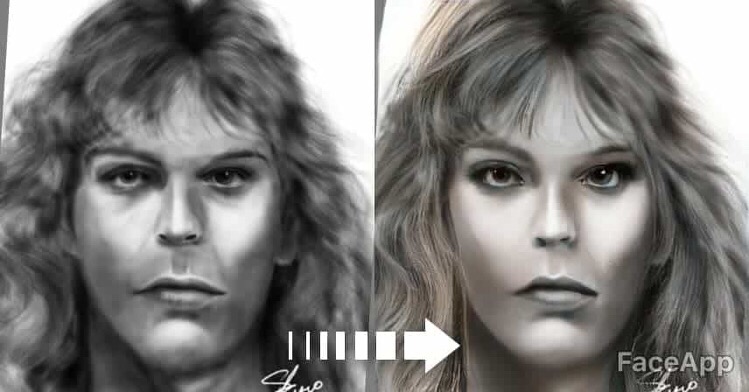

By mid-November, a course of action regarding lab work was plotted, and the DNA Doe Project set up Julie’s fundraiser. The TDTF signal boosted their fundraiser on social media, and she was over-funded in under 48 hours. Meanwhile, her isotope analysis had come in from USF, showing that she was likely from the South Florida area. Julie’s DNA was uploaded by DDP to GEDmatch in January of 2020, and their research is ongoing.

We are overjoyed to share with you an amazing new depiction of Julie Doe by renowned forensic artist Carl Koppelman. We would like to thank Carl for this beautiful image.
Thank you to all of the people who have contributed to keeping Julie’s case moving forward. Together, we can uncover her true identity and finally lay her to rest.
By Lee and Anthony Redgrave

